Viplikes’ Tips to Grow a Teacher’s Social Media Page
The education niche on social media is becoming increasingly popular.
In 2025, teachers are going beyond traditional classroom settings and actively expanding their presence on various social platforms. This is a great opportunity to find new students, showcase skills, and establish credibility as a professional. The informal nature of social media helps build a strong connection with potential learners, but the competition is fierce.
A strong online promotion strategy is essential—standing out among other educators is a challenge, and not every teacher manages to succeed in this area. The good news? It’s absolutely possible with the right approach.
Balancing lesson planning, teaching, and management might seem overwhelming, but the process can be simplified and streamlined. In this article, we’ll share four proven tips, including professional boosts from Viplikes to help teachers attract new students and grow their profiles effectively.
- Strengthen Your Bio
The first thing visitors notice on your page is your profile bio. Your username, description, and main profile photo should align with your profession and overall brand. Here are some key rules for an effective bio:
Choose your name or a creative yet professional alias. If you prefer a casual teaching approach, go for a catchy and unique name. If you stick to traditional methods, your real name or a variation of it will work best.
Clearly state what subject you teach and whether you offer online or in-person lessons. This helps potential students quickly determine if your services match their needs.
Your photo represents you as a professional. Choose a high-quality image where you are clearly visible—avoid distractions or other people in the frame.
This is your chance to make a strong impression. Mention your teaching experience, your unique approach, and what students can expect when learning with you. Keep it concise but engaging!
- Invest in Promotion
As mentioned earlier, standing out is no easy task. Many influencers and educators spend a significant amount of time and effort to gain visibility. With thousands of teachers competing for attention, a strong promotional strategy can give you an edge.
Consider working with PR companies like Viplikes or leveraging targeted promotions to expand your reach. Sponsored posts, collaborations with other educators, and engagement-driven campaigns can help you attract the right audience faster.
If your goal is to gain more visibility, start with small promotional efforts – purchase some followers, likes, views or something else to make your promo process more effective. Increased engagement and an active audience will naturally boost your page’s credibility, making it easier for new clients or students to find and trust you.
- Stay Active
Being a teacher is demanding—we get it. Between lesson planning, grading, and extracurricular activities, your schedule is already packed. However, consistency on social media is key to growth.
Plan your content in advance to avoid last-minute stress. A weekly or monthly content calendar can help you stay on track. Spending a couple of hours planning will save you time and effort later.
Respond to comments, check direct messages, and interact with students and their parents. The more engaged you are, the stronger your online presence will be.
Like and comment on other teachers’ posts, share valuable content, and participate in discussions. Engagement goes both ways—when you support others, they are more likely to support you.
Dedicate at least 30 minutes a day to social media activity, and you’ll start seeing results.
- Use Hashtags
Hashtags help potential students discover your content. The key is to use them wisely:
- Choose 7-10 relevant hashtags per post. Think of them as keywords that describe your teaching niche.
- Avoid overly competitive hashtags—if they are too broad, your publications may get lost in the crowd. Instead, mix in niche-specific and location-based hashtags.
- Rotate your hashtags to prevent your content from being marked as spam.
By following these four strategies, you’ll be on your way to building a strong, engaging social media presence as a teacher. Good luck!
